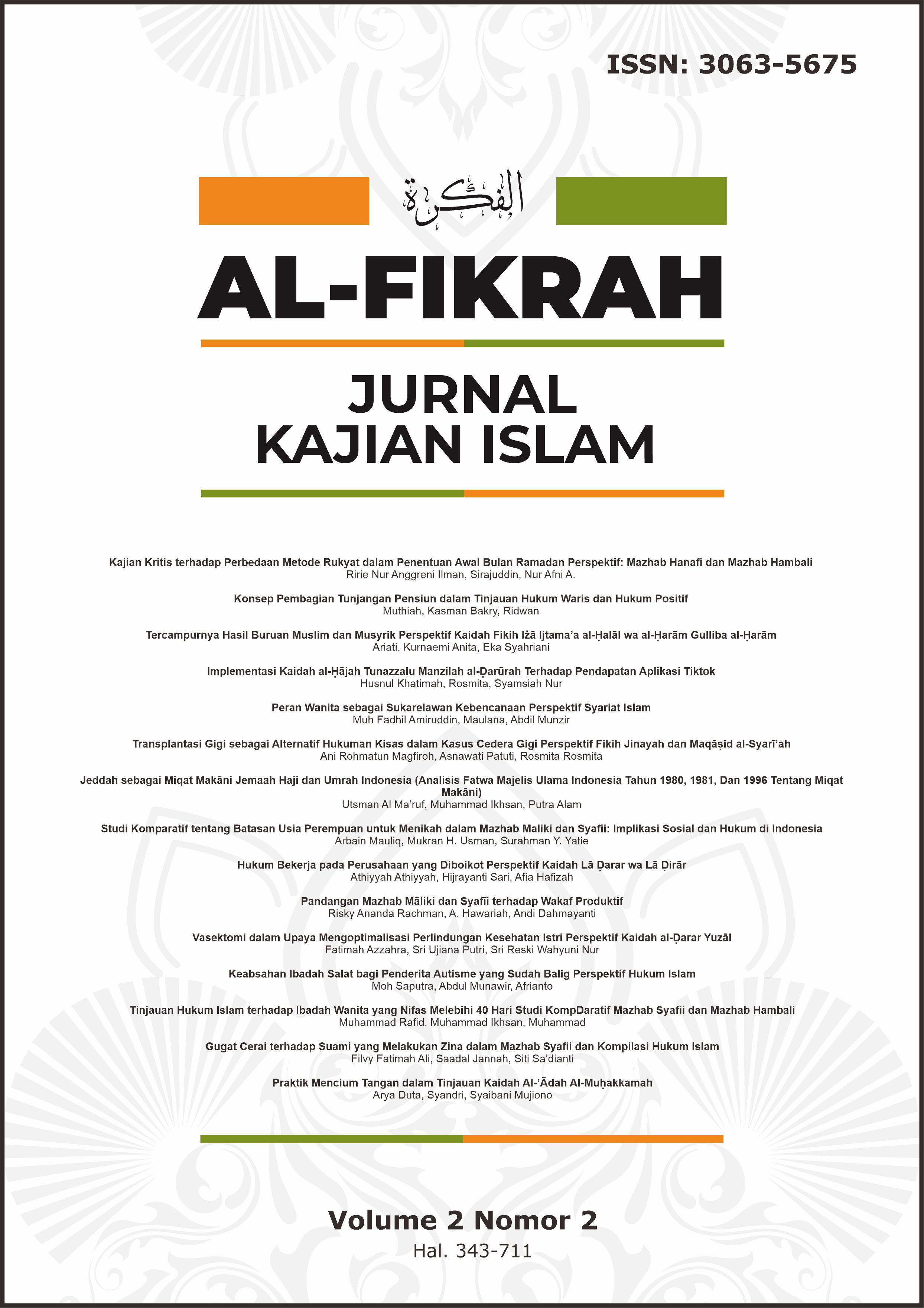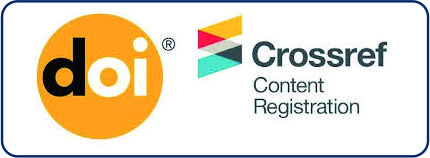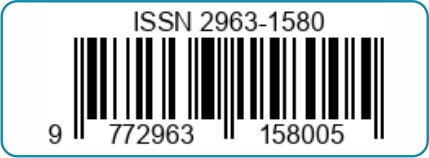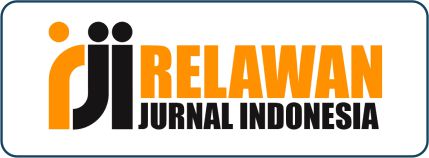Studi Komparatif tentang Batasan Usia Perempuan untuk Menikah dalam Mazhab Maliki dan Syafii: Implikasi Sosial dan Hukum di Indonesia
Comparative Study on the Age Limit for Women to Marry in the Shafii and Maliki Schools: Social and Legal Implications in Indonesia
DOI:
https://doi.org/10.36701/fikrah.v2i2.2364Keywords:
Age, Marriage, Law, Mazhab al-Mālikī, Mazhab al-Syāfi‘īAbstract
The minimum age of marriage for women is a significant issue in Islamic law and national legal policy, particularly in efforts to protect children and women. This study aims to comparatively examine the perspectives of the Mālikī and Shāfiʿī schools regarding the minimum age for women to marry, explore their respective methods of legal reasoning (istinbāṭ), and analyze the implications for early marriage practices in Indonesia. The research employs a qualitative method with a library research approach and descriptive-comparative analysis. The findings reveal that the Mālikī school sets the age of female puberty between 17 and 18 years, with an additional requirement of intellectual maturity (rusyd), while the Shāfiʿī school permits marriage from the appearance of biological signs of puberty, which may occur as early as age nine. This divergence stems from their differing legal methodologies: the Mālikī school emphasizes the objectives of Islamic law (maqāṣid al-sharīʿah), whereas the Shāfiʿī school adopts a more textual approach. These differences influence the development and application of marriage law in Indonesia. Although Law No. 16 of 2019 stipulates a minimum marriage age of 19 for both men and women, the ongoing practice of judicial dispensations still enables underage marriages. Therefore, harmonization between Islamic jurisprudence and positive law, along with strengthened legal education for the public, is essential to ensure more effective protection for women and children.
Downloads
References
Downloads
Published
Issue
Section
License
Copyright (c) 2025 Arbain Mauliq, Mukran H. Usman, Surahman Y. Yatie

This work is licensed under a Creative Commons Attribution-NonCommercial-ShareAlike 4.0 International License.










